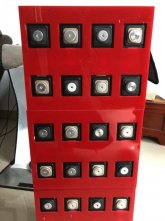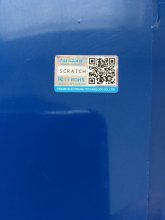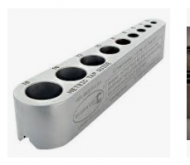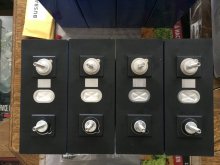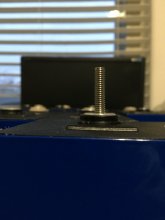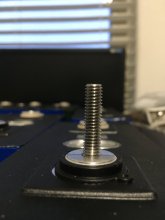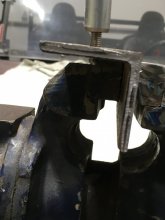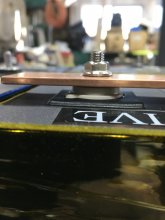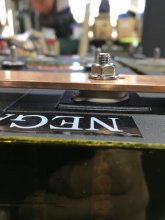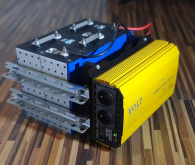Woody
Solar Enthusiast
Just received my 16 280Ah LiFePo4 cells that were ordered back in November 2020 and I’m just starting the unboxing process. All cells arrived in physically good condition. As I started to install the M6 studs, I observed an issue with the cells. Some of the terminals on the cells were NOT drilled and tapped well. Some holes still had threading debris in the bottom of the holes. Must inspect and clean out all tapped cell terminal holes. The holes are not that deep, so I need ever millimeter possible in order to have a firm stud fit. After installing a couple of studs, I observed that some of the terminal holes were drilled and tapped off axis. Because there has been a lot of discussion regarding how to properly torque the bolts/studs to the cells, the poorly drill and tap issue could be why some are stripping out their terminal holes.
Since I‘m just starting the inspection/QA process on these cells, I haven’t give much consideration on how to compensate for the studs being off true from the vertical axis. I’m using 1/8” x 1” flat copper busbars with M6 serrated flange hex lock nuts so the studs and terminals are going to be under a bit of force to align back to vertical. I might need to install the studs, observe the off axis angle, remove and pre-bend these studs. Then install studs with thread locker. This along with fabricating the bus bars with slightly oversized elongated holes will help a bit to reduce the twisting forces on the terminals.
Thoughts / suggestions??
Since I‘m just starting the inspection/QA process on these cells, I haven’t give much consideration on how to compensate for the studs being off true from the vertical axis. I’m using 1/8” x 1” flat copper busbars with M6 serrated flange hex lock nuts so the studs and terminals are going to be under a bit of force to align back to vertical. I might need to install the studs, observe the off axis angle, remove and pre-bend these studs. Then install studs with thread locker. This along with fabricating the bus bars with slightly oversized elongated holes will help a bit to reduce the twisting forces on the terminals.
Thoughts / suggestions??
Attachments
-
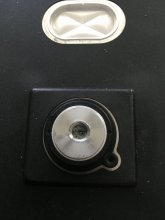 C69C07B7-ABF6-4868-8B04-E79F716D089D.jpeg100.5 KB · Views: 60
C69C07B7-ABF6-4868-8B04-E79F716D089D.jpeg100.5 KB · Views: 60 -
 AB78EA1F-C9CB-4948-81B0-B2556479FE2B.jpeg33.6 KB · Views: 58
AB78EA1F-C9CB-4948-81B0-B2556479FE2B.jpeg33.6 KB · Views: 58 -
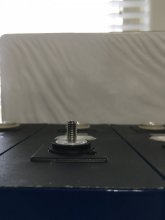 127B6B79-5684-4386-80A7-2FC4C225B90C.jpeg40.8 KB · Views: 54
127B6B79-5684-4386-80A7-2FC4C225B90C.jpeg40.8 KB · Views: 54 -
 7C3E9E0B-74E4-4EB8-B290-F1F537D179EF.jpeg43.6 KB · Views: 55
7C3E9E0B-74E4-4EB8-B290-F1F537D179EF.jpeg43.6 KB · Views: 55 -
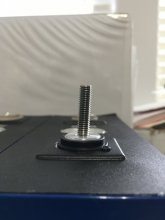 7AA18BFF-57C1-4C5E-BDD5-EF2F0F9ED8F6.jpeg58 KB · Views: 59
7AA18BFF-57C1-4C5E-BDD5-EF2F0F9ED8F6.jpeg58 KB · Views: 59



